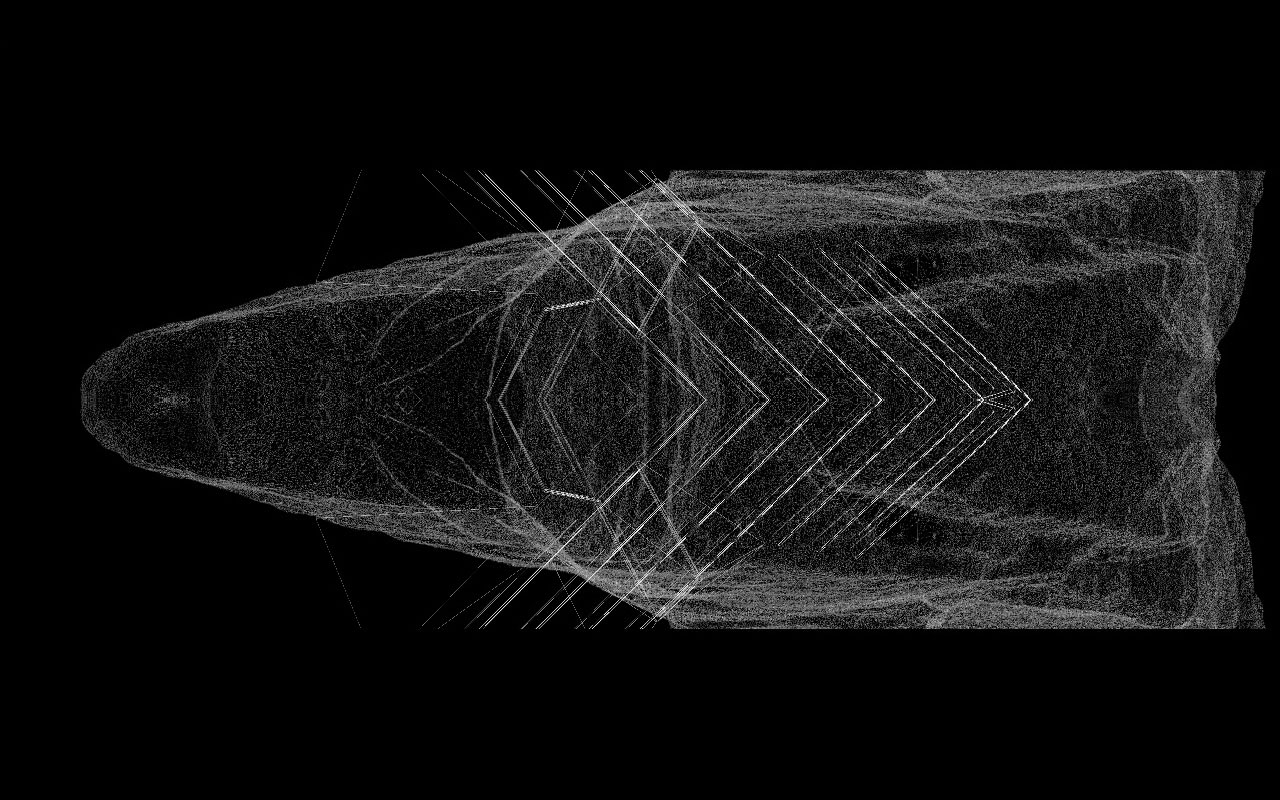Catalysts work by providing an (alternative) mechanism involving a different transition state and lower activation energy. Consequently, more molecular collisions have the energy needed to reach the transition state. Hence, catalysts can enable reactions that would otherwise be blocked or slowed by a kinetic barrier. In the presence of a catalyst, less free energy is required to reach the transition state, but the total free energy from reactants to products does not change.
hnologies: acoustic music, contemporary organic music, visual music and live electronics. He has studied with excellent composers such as: Hebert Vazquez, German Romero, Horacio Uribe, Mauricio Valdez, João Pedro Oliveira, Ricardo Climent, Ken Ueno, Kevin Patton and Klaus Filip. He has presented and premiered at festivals around the world, in countries such as Spain, France, Greece, China, Japan, Russia, Scotland, Ireland, England, Germany, Belgium, Canada, Argentina, Colombia, Chile and Mexico. Emilio H. Cortés is a director, director and conceptual artist, co-founder of the "Epochcut" agency, a graduate of Fine Arts, focusing on new technologies, film directing and the theory of animation and image. The video artist is interested in the production and research of animation and cinema in its multiple developments.





